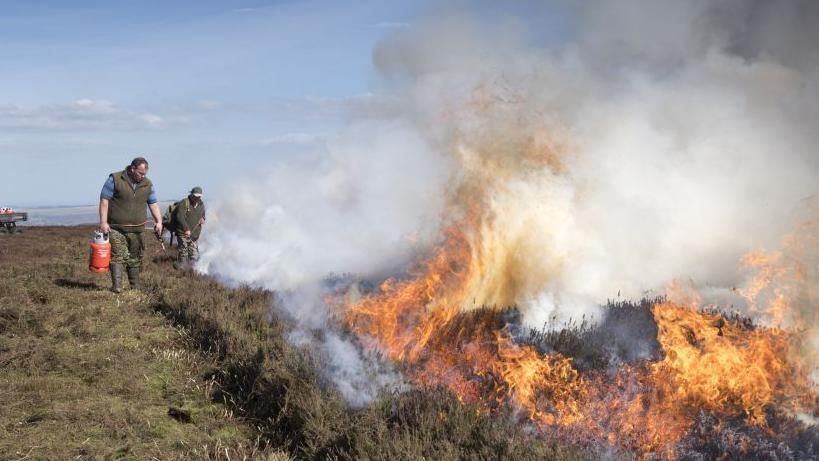Beetle-hit moor poses 'massive fire risk'
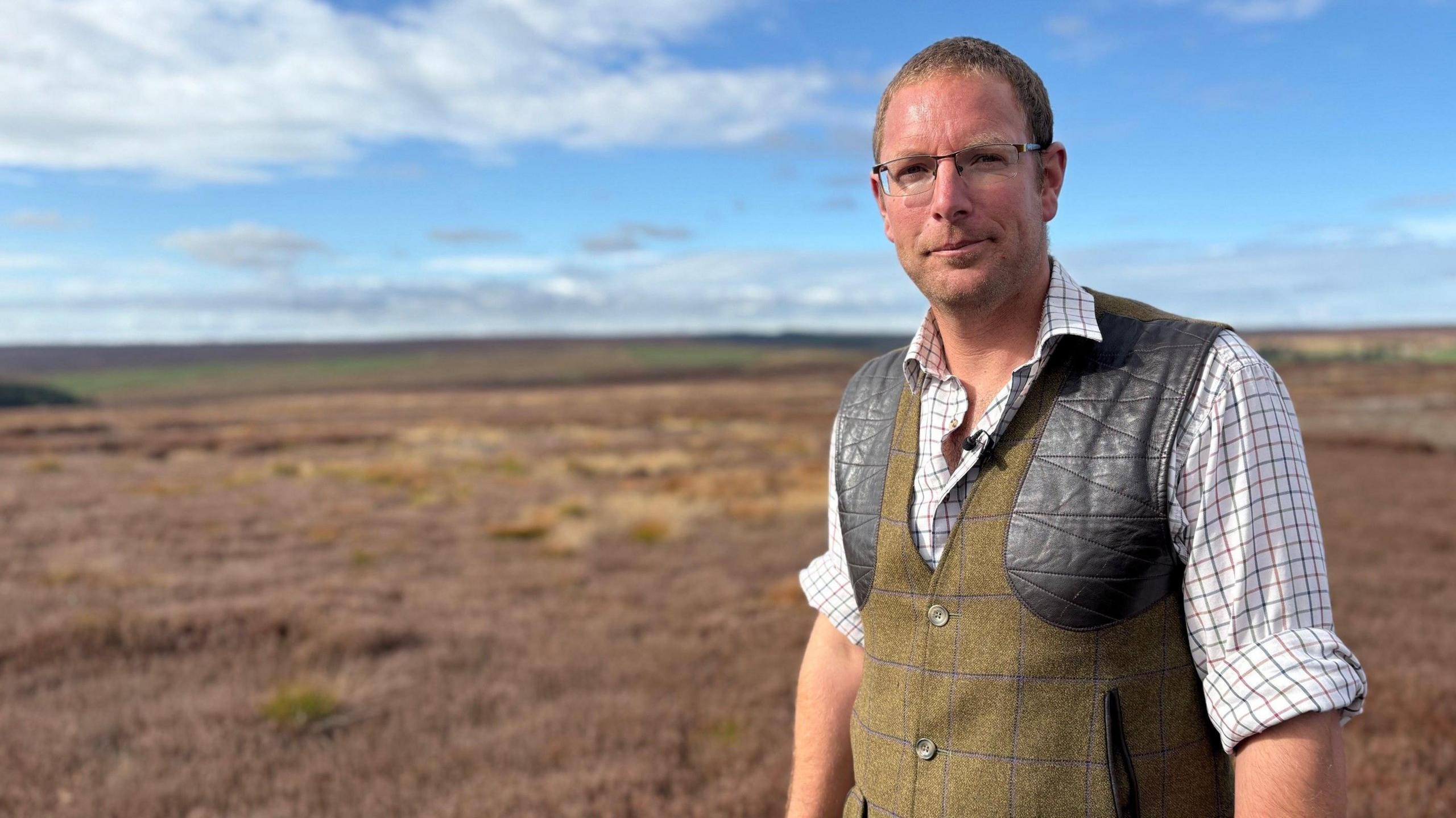
Goathland gamekeeper Roger Ayton said dried-out heather was as flammable as kindling
- Published
A beetle infestation which destroyed huge swathes of moorland heather now presents a "massive fire risk", a gamekeeper has said.
The increase of heather beetles on the North York Moors has turned the area's distinctive purple heather shades of brown and grey.
The insects are thought to have thrived due to an early spring, followed by prolonged spells of hot weather.
Goathland Moor's head gamekeeper Roger Ayton said the infestation had left heather "like kindling that you light your fire with".
Mr Ayton said the insects - technically known as lochmaea suturalis - had sapped the shrub of its usual late summer purple foliage, leaving it "withered and dry".
"The heather beetle has affected it massively this year," he said.
"It's the worst I can remember. The last outbreak was in 2019, but this is far worse."
Beetle infestation turns North York Moors heather brown
Surveying the moorland near Goathland he said: "Looking at it now we can see it's all brown or grey, it should all be green."
The gamekeeper also warned the withered plants increased the chance of wildfires like the recent blaze on Langdale Moor, near RAF Fylingdales.
"As it is at the moment it's a massive fire risk, it'll just run a lot faster and a lot hotter. So now it is like kindling that you light your fire with," he said.
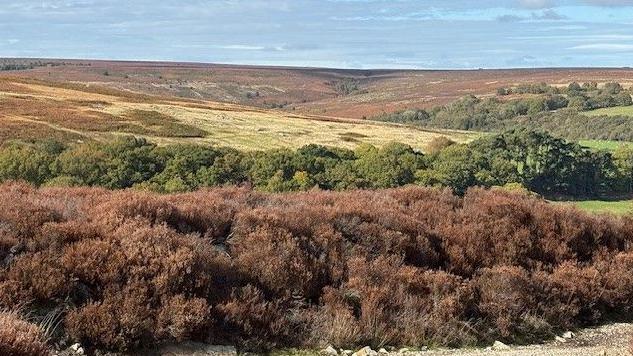
Elspeth Ingleby said prolonged dry weather might be responsible for the increased number of heather beetles
Meanwhile, Elspeth Ingleby, an ecologist with the North York Moors National Park Authority, said: "Unfortunately this year we've had a really high number of heather beetles which has had a big impact.
"We think part of the reason is the impact of climate change and unseasonal, really long-term dry weather."
Ms Ingleby said she thought "a warm, early spring would have brought beetles out of hibernation much earlier than normal".
Get in touch
Tell us which stories we should cover in Yorkshire
Listen to highlights from North Yorkshire on BBC Sounds, catch up with the latest episode of Look North.
Related topics
- Published23 September
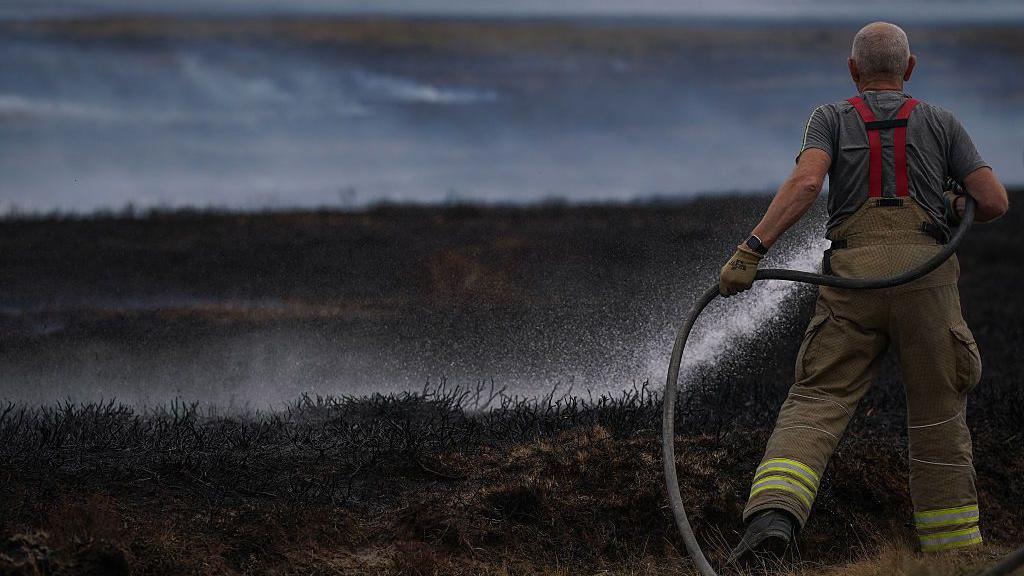
- Published15 August
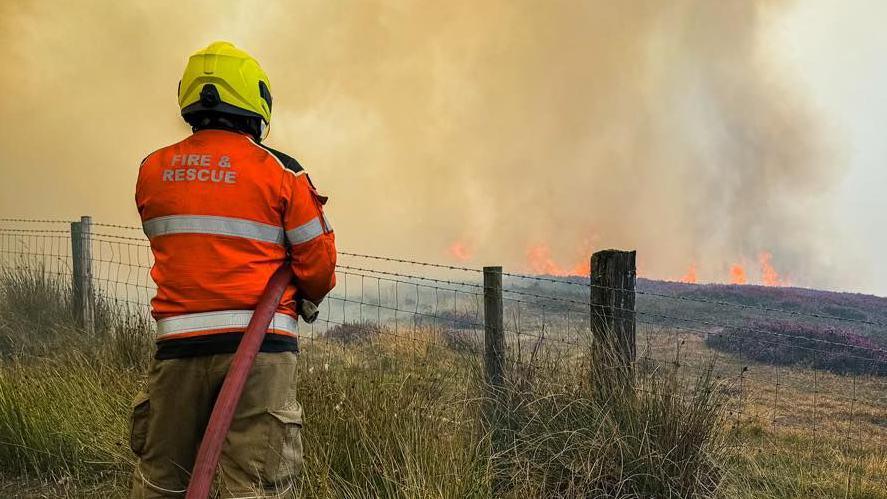
- Published16 August
